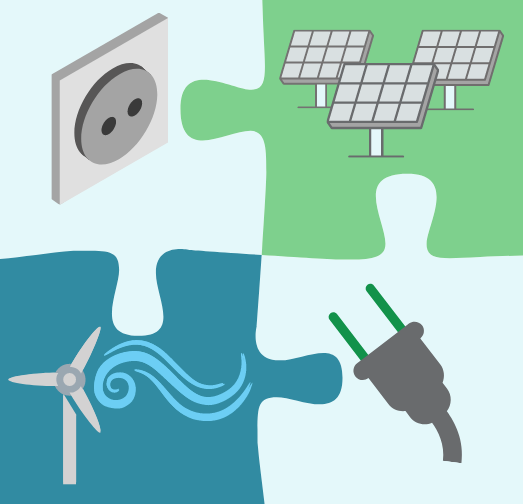
From Ukraine peace plans to Kazakh uranium—all that and more in our new nuclear digest
Our November Nuclear Digest by Bellona’s Environmental Transparency Center is out now. Here’s a quick taste of just three nuclear issues arising in U...
News

Publish date: July 9, 2020
News
On Wednesday the 8th of July, the European Commission has adopted two strategies to transform Europe’s energy system: the Energy System Integration and the Clean Hydrogen strategies.
The EU Strategy for Energy System Integration is said to provide the framework for the green energy transition, towards a more efficient and interconnected energy sector.
An important element is the proposal for the development of a comprehensive terminology for renewable and low carbon fuels, a sphere where ambiguity on CO2 input and output has allowed a delay of available actions in favour of wishful thinking and creative future accounting. This provides a relevant example of how system integration could add complexity that undermines climate action.
If the goal of this strategy is to create “the pathway towards an effective, affordable and deep decarbonisation of the European economy in line with the Paris Agreement”, then smart sector integration actions should directly and as a priority contribute to emission reductions in line with a net zero by 2050 pathway. As we underlined in our joint policy briefing Recycled Carbon Fuels in the Renewable Energy Directive : getting both terminology and accounting right will be crucial.
Bellona Europa has recommended the use of screening criteria and their respective metrics for the initial climate evaluation of EU Smart Sector Integration actions. We stand by our proposal and would like to recall our recommendations for this strategy:

Our November Nuclear Digest by Bellona’s Environmental Transparency Center is out now. Here’s a quick taste of just three nuclear issues arising in U...

For three years now, Bellona has continued its work in exile from Vilnius, sustaining and expanding its analysis despite war, repression, and the collapse of international cooperation with Russia in the environmental and nuclear fields

The Board of the Bellona Foundation has appointed former Minister of Climate and the Environment Sveinung Rotevatn as Managing Director of Bellona No...

Økokrim, Norway’s authority for investigating and prosecuting economic and environmental crime, has imposed a record fine on Equinor following a comp...